Home>Furniture & Design>Interior Design Trends>What Is Fluted Glass
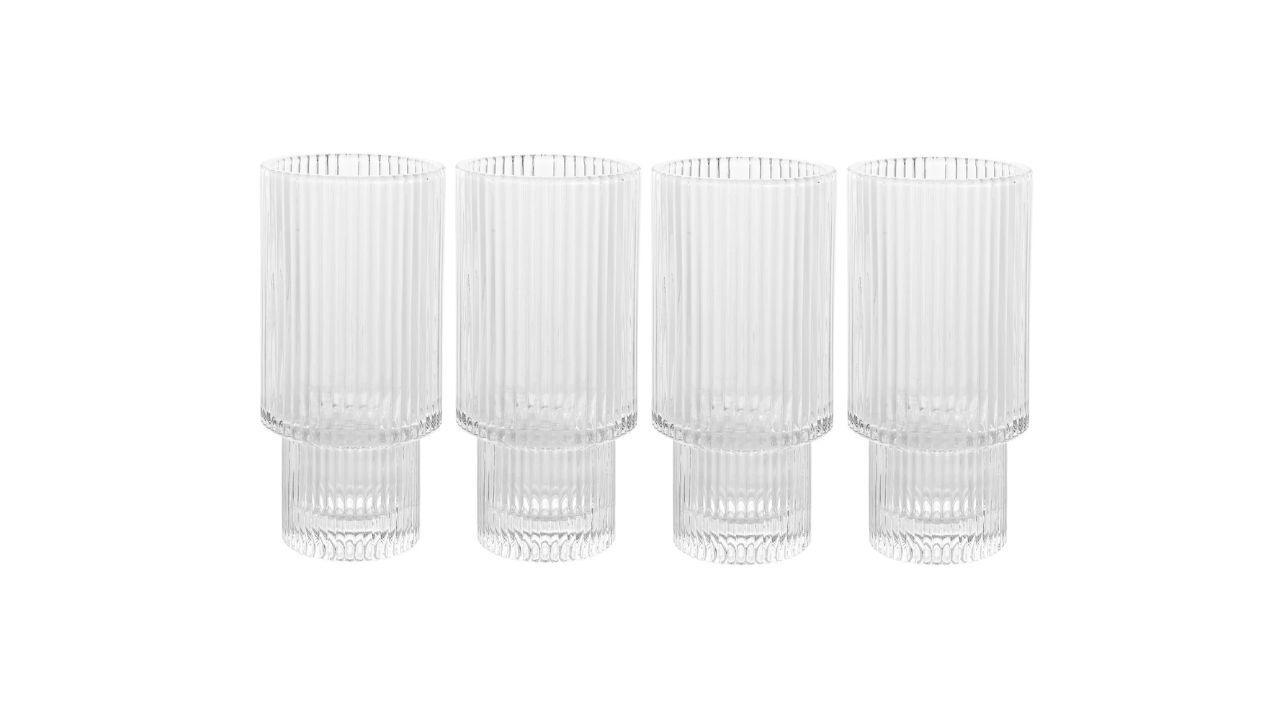

Interior Design Trends
What Is Fluted Glass
Modified: February 7, 2024
Discover the latest interior design trend with fluted glass. Learn how to incorporate this stylish element into your home decor for a modern touch.
(Many of the links in this article redirect to a specific reviewed product. Your purchase of these products through affiliate links helps to generate commission for Storables.com, at no extra cost. Learn more)
Introduction
Fluted glass, with its timeless elegance and versatile appeal, has been making a significant comeback in interior design trends. This unique type of glass features vertical grooves or ridges that add a touch of sophistication and visual interest to various architectural elements and decor pieces. From classic to contemporary spaces, fluted glass has the remarkable ability to infuse character and charm into any setting.
The resurgence of fluted glass can be attributed to its ability to strike a perfect balance between modern aesthetics and traditional allure. This glass style has the power to transform ordinary surfaces into captivating focal points, making it a popular choice among designers and homeowners alike. Whether used in doors, partitions, lighting fixtures, or furniture, fluted glass effortlessly elevates the ambiance of any space, creating a sense of depth and texture that is both captivating and inviting.
As we delve deeper into the world of fluted glass, we will explore its rich history, unique characteristics, diverse applications, various types, and essential maintenance tips. By gaining a comprehensive understanding of fluted glass, you will be equipped with the knowledge to incorporate this timeless material into your interior design projects with confidence and creativity. Let's embark on a captivating journey through the enchanting realm of fluted glass, where tradition meets innovation and beauty knows no bounds.
Key Takeaways:
- Fluted glass, with its timeless elegance, adds sophistication and warmth to any space. Its unique grooves create captivating plays of light and shadow, infusing rooms with charm and character.
- From doors to lighting fixtures, fluted glass offers privacy, elegance, and versatility. Its maintenance is simple, ensuring enduring beauty and functionality in interior design.
Read more: What Are Champagne Flutes?
History of Fluted Glass
The history of fluted glass dates back to ancient times, where it was first crafted and revered for its ornate beauty and functional properties. The technique of creating fluted glass can be traced to the Roman Empire, where skilled artisans utilized their expertise to produce exquisite glassware adorned with intricate vertical grooves. These early manifestations of fluted glass showcased the craftsmanship and artistry of the era, setting the stage for its enduring legacy in the world of design.
Throughout the centuries, fluted glass continued to evolve, adapting to the changing tastes and preferences of different cultures and design movements. During the Art Deco period of the 1920s and 1930s, fluted glass experienced a resurgence in popularity, as it became synonymous with luxury and sophistication in interior design. Its ability to diffuse light and create captivating visual effects made it a coveted choice for opulent lighting fixtures, decorative panels, and architectural elements.
In the mid-20th century, fluted glass found its way into modernist architecture, where it was embraced for its ability to add texture and depth to minimalist spaces. The clean lines and geometric patterns of fluted glass complemented the sleek aesthetic of modern design, further cementing its status as a timeless and versatile material.
Today, the revival of fluted glass in contemporary interior design reflects a renewed appreciation for its rich heritage and enduring allure. Designers and homeowners are rediscovering the timeless charm of fluted glass, incorporating it into a wide range of applications, from sleek room dividers and stylish cabinet doors to statement lighting fixtures and chic furniture pieces.
As we continue to celebrate the legacy of fluted glass, its journey through history serves as a testament to its enduring appeal and timeless elegance. With each groove and ridge, fluted glass carries the legacy of centuries past, infusing modern spaces with a touch of tradition and a sense of enduring beauty.
Characteristics of Fluted Glass
Fluted glass possesses a distinctive set of characteristics that contribute to its enduring popularity and versatile applications in interior design. Understanding these unique traits is essential for harnessing the full potential of fluted glass in various architectural and decorative contexts.
-
Textural Elegance: The defining feature of fluted glass lies in its vertical grooves or ridges, which impart a sense of textural elegance to any surface it adorns. These grooves create captivating plays of light and shadow, adding depth and visual interest to doors, partitions, and decorative panels.
-
Light Diffusion: One of the most captivating qualities of fluted glass is its ability to diffuse light in a soft and enchanting manner. When used in lighting fixtures or windows, the grooves of fluted glass scatter and refract light, creating a mesmerizing ambiance and a sense of warmth within a space.
-
Privacy and Transparency: Fluted glass strikes a delicate balance between privacy and transparency, making it an ideal choice for applications where both are desired. The vertical ridges distort the view through the glass, offering a level of privacy while still allowing light to permeate, making it suitable for interior partitions and doors.
-
Versatility: From sleek modern interiors to classic and eclectic spaces, fluted glass seamlessly adapts to diverse design styles, making it a versatile choice for designers and homeowners. Its ability to complement a wide range of aesthetics and architectural elements underscores its timeless appeal.
-
Aesthetic Allure: The aesthetic allure of fluted glass lies in its ability to add a touch of sophistication and character to any setting. Whether used in furniture, cabinet doors, or decorative accents, fluted glass exudes a sense of timeless charm and understated luxury.
-
Acoustic Properties: In addition to its visual appeal, fluted glass also offers acoustic benefits by helping to reduce noise transmission. This makes it a practical choice for creating private yet connected spaces within residential and commercial environments.
Understanding these characteristics allows designers and homeowners to harness the full potential of fluted glass, leveraging its unique properties to elevate the ambiance and functionality of interior spaces. Whether used to create a sense of intimacy in a room or to add a touch of visual intrigue, fluted glass stands as a testament to the enduring allure of timeless design elements.
Uses of Fluted Glass
Fluted glass, with its captivating visual appeal and versatile properties, finds a myriad of applications across interior design and architectural contexts. Its unique characteristics make it a sought-after material for creating distinctive and functional elements within residential, commercial, and hospitality spaces.
1. Doors and Partitions
Fluted glass is often utilized in interior doors and partitions to strike a balance between privacy and transparency. The vertical grooves of the glass create an intriguing visual barrier while allowing light to permeate, adding a touch of elegance and functionality to spaces. Whether used in residential settings to delineate different areas or in commercial environments to create private yet connected spaces, fluted glass doors and partitions infuse interiors with a sense of sophistication and style.
Read more: What To Engrave On Wedding Champagne Flutes
2. Lighting Fixtures
The light-diffusing properties of fluted glass make it an ideal choice for creating enchanting lighting fixtures. Whether in pendant lights, sconces, or chandeliers, the grooves of fluted glass scatter and refract light, casting mesmerizing patterns and creating a warm, inviting ambiance. This makes fluted glass lighting fixtures a captivating focal point in any room, adding a touch of visual intrigue and elegance.
3. Furniture and Cabinetry
Incorporating fluted glass into furniture and cabinetry design adds a layer of timeless charm and sophistication to interiors. From cabinet doors and shelving to tabletops and decorative accents, fluted glass infuses furniture pieces with a sense of textural elegance and visual interest. Its ability to complement a variety of design styles, from modern to traditional, makes it a versatile choice for creating statement furniture pieces that exude understated luxury.
4. Decorative Panels and Screens
Fluted glass panels and screens serve as captivating decorative elements that add depth and character to interior spaces. Whether used as room dividers, wall accents, or decorative screens, fluted glass introduces a sense of texture and visual allure. Its ability to create a play of light and shadow adds a dynamic dimension to interiors, making it a popular choice for infusing spaces with a touch of sophistication and artistry.
5. Architectural Elements
From facades and windows to stair railings and balustrades, fluted glass is employed in various architectural elements to enhance the visual appeal and functionality of buildings. Its ability to diffuse light, create privacy, and add a touch of elegance makes it a versatile material for architectural applications, contributing to the overall aesthetic and ambiance of the built environment.
Incorporating fluted glass into interior design and architecture allows for the creation of captivating spaces that exude timeless elegance and visual intrigue. Its diverse uses across different elements and applications underscore its enduring appeal and its ability to elevate the aesthetic and functional aspects of interior environments.
Types of Fluted Glass
Fluted glass comes in a variety of types, each offering unique characteristics and visual effects that cater to different design preferences and functional requirements. Understanding the distinct types of fluted glass allows designers and homeowners to make informed choices when incorporating this versatile material into their interior design projects.
-
Vertical Fluting: This classic type of fluted glass features evenly spaced vertical grooves running the entire height of the glass surface. The uniformity of the grooves creates a sense of rhythm and symmetry, adding a touch of timeless elegance to doors, partitions, and decorative panels. Vertical fluting is a popular choice for creating a traditional yet sophisticated ambiance within interior spaces.
-
Horizontal Fluting: In contrast to vertical fluting, horizontal fluting features grooves that run horizontally across the glass surface. This type of fluted glass introduces a sense of movement and fluidity, making it an ideal choice for creating contemporary and dynamic design elements. Horizontal fluting is often used to add a modern twist to lighting fixtures, furniture, and architectural accents, infusing spaces with a touch of visual intrigue.
-
Ribbed Fluting: Ribbed fluting, also known as reeded glass, showcases pronounced and deeply textured grooves that create captivating light and shadow effects. The bold and tactile nature of ribbed fluting adds a dramatic flair to interior elements, making it a popular choice for creating statement pieces such as decorative screens, cabinet doors, and feature walls. The interplay of light and texture inherent in ribbed fluting lends a sense of depth and artistry to any space.
-
Diamond Fluting: Diamond fluting features a geometric pattern of diagonal grooves that intersect to form diamond-shaped facets across the glass surface. This type of fluted glass exudes a sense of sophistication and visual complexity, making it a striking choice for creating ornate decorative panels, room dividers, and architectural accents. The intricate play of light and shadow within diamond fluting adds a layer of opulence and refinement to interior spaces.
-
Custom Fluting: Beyond the traditional types, custom fluting offers endless possibilities for creating bespoke design elements tailored to specific aesthetic and functional requirements. Designers and artisans can collaborate to craft fluted glass with unique groove patterns, depths, and orientations, allowing for the creation of personalized and one-of-a-kind pieces that reflect individual design visions.
By exploring the diverse types of fluted glass, designers and homeowners can leverage the distinct characteristics of each type to bring their interior design concepts to life. Whether aiming for a timeless and elegant appeal or a contemporary and avant-garde aesthetic, the array of fluted glass types provides a rich tapestry of options for elevating the ambiance and visual allure of interior spaces.
Maintenance and Care of Fluted Glass
Proper maintenance and care are essential for preserving the timeless allure and functionality of fluted glass in interior spaces. By following a few simple guidelines, designers and homeowners can ensure that fluted glass elements retain their visual appeal and structural integrity for years to come.
Regular Cleaning
Regular cleaning is crucial for keeping fluted glass surfaces free from dust, dirt, and smudges. Using a soft, lint-free cloth and a mild glass cleaner, gently wipe the glass in a vertical or horizontal motion to remove any surface impurities. Avoid using abrasive materials or harsh chemicals, as these can damage the glass and its delicate grooves.
Attention to Grooves
The vertical or horizontal grooves of fluted glass require special attention during cleaning. A soft-bristled brush or a microfiber cloth can be used to reach into the grooves and remove any accumulated debris. Care should be taken to avoid applying excessive pressure, as this can cause the grooves to become distorted or damaged.
Preventing Scratches
To prevent scratches on fluted glass surfaces, it is advisable to avoid using abrasive cleaning tools or materials. When wiping the glass, ensure that there are no particles or grit on the cloth that could potentially scratch the surface. By exercising caution during cleaning, the pristine appearance of fluted glass can be preserved.
Avoiding Harsh Chemicals
Harsh chemicals, such as ammonia-based or abrasive cleaners, should be avoided when cleaning fluted glass. These substances can compromise the integrity of the glass and its grooves, leading to potential damage and a diminished aesthetic appeal. Opt for gentle, non-abrasive glass cleaners to maintain the clarity and luster of fluted glass.
Protection from Impact
Fluted glass elements should be protected from impact or physical trauma to prevent chipping or cracking. When handling and cleaning fluted glass doors, partitions, or decorative panels, care should be taken to avoid accidental collisions or excessive force that could compromise the structural integrity of the glass.
Professional Maintenance
For larger or more intricate fluted glass installations, such as custom decorative panels or architectural elements, professional maintenance and care may be necessary. Engaging the services of experienced glass maintenance professionals can ensure that fluted glass elements receive the specialized care required to preserve their beauty and functionality.
By adhering to these maintenance and care practices, fluted glass can continue to enrich interior spaces with its timeless elegance and captivating visual allure. With proper attention and gentle maintenance, fluted glass elements will stand as enduring testaments to the seamless fusion of tradition and innovation within interior design.
Read more: Why Are Champagne Flutes Tall?
Conclusion
In conclusion, the resurgence of fluted glass in contemporary interior design represents a harmonious blend of timeless elegance and modern versatility. From its rich historical legacy to its diverse applications and unique characteristics, fluted glass stands as a testament to the enduring allure of design elements that transcend generations.
The captivating journey through the enchanting realm of fluted glass has unveiled its remarkable ability to infuse spaces with textural elegance, light diffusion, and a delicate balance between privacy and transparency. Whether adorning doors, lighting fixtures, furniture, or architectural elements, fluted glass exudes a sense of sophistication and artistry that transcends design boundaries.
As we celebrate the diverse types of fluted glass, from classic vertical fluting to ornate diamond patterns and bespoke custom designs, it becomes evident that fluted glass offers a rich tapestry of options for creating personalized and captivating interior elements. Its adaptability to various design styles and architectural contexts underscores its enduring appeal and its ability to elevate the ambiance of any space.
Furthermore, the essential maintenance and care guidelines for fluted glass emphasize the importance of preserving its pristine appearance and structural integrity. By following these simple practices, designers and homeowners can ensure that fluted glass elements continue to enchant and inspire for years to come.
In essence, fluted glass transcends mere functionality to become a symbol of timeless beauty and design ingenuity. Its resurgence in contemporary interior design serves as a testament to the enduring allure of elements that seamlessly blend tradition with innovation, adding a touch of visual intrigue and sophistication to every space it graces. As we continue to embrace the enchanting allure of fluted glass, its legacy will endure, shaping the aesthetic landscape of interior design for generations to come.
Frequently Asked Questions about What Is Fluted Glass
Was this page helpful?
At Storables.com, we guarantee accurate and reliable information. Our content, validated by Expert Board Contributors, is crafted following stringent Editorial Policies. We're committed to providing you with well-researched, expert-backed insights for all your informational needs.

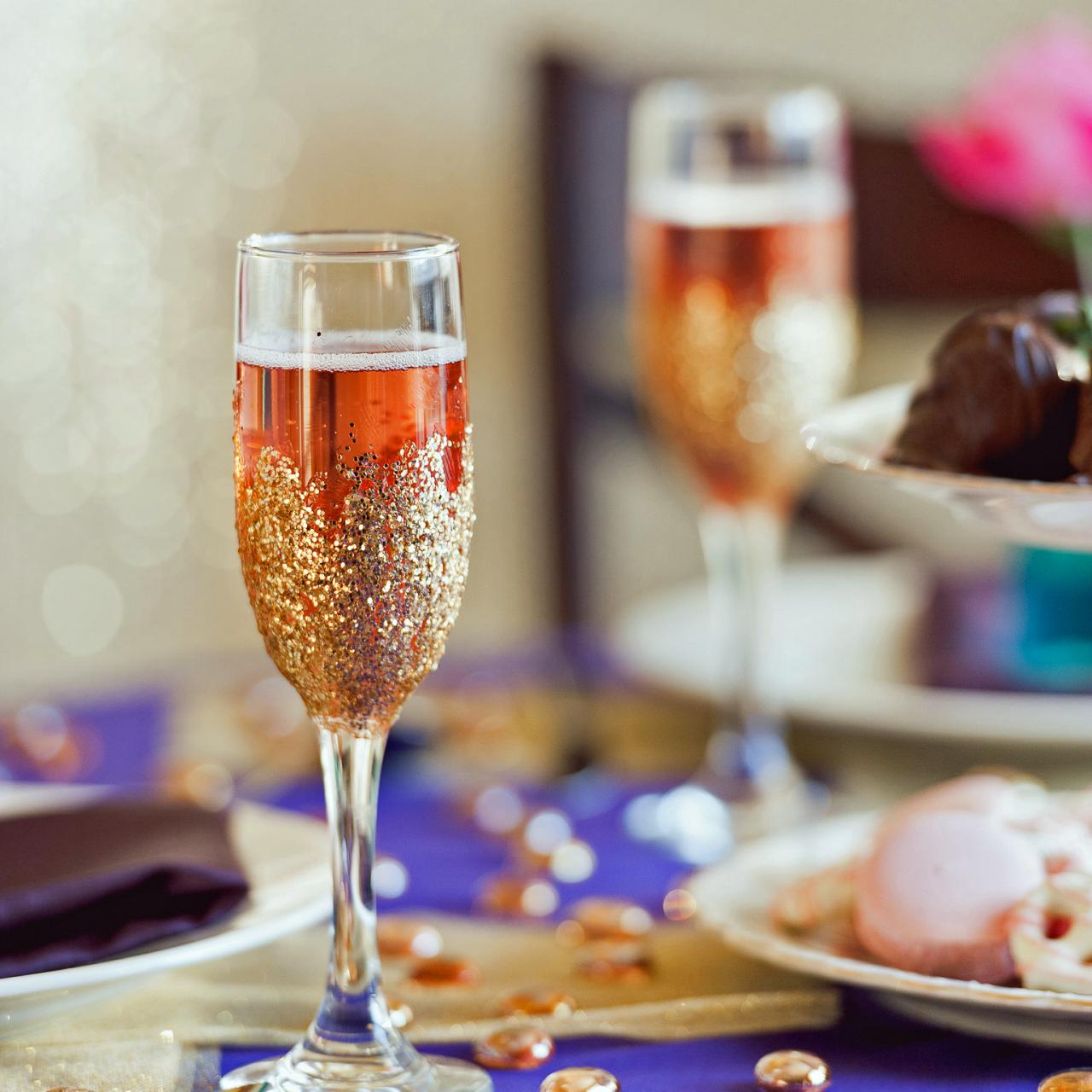
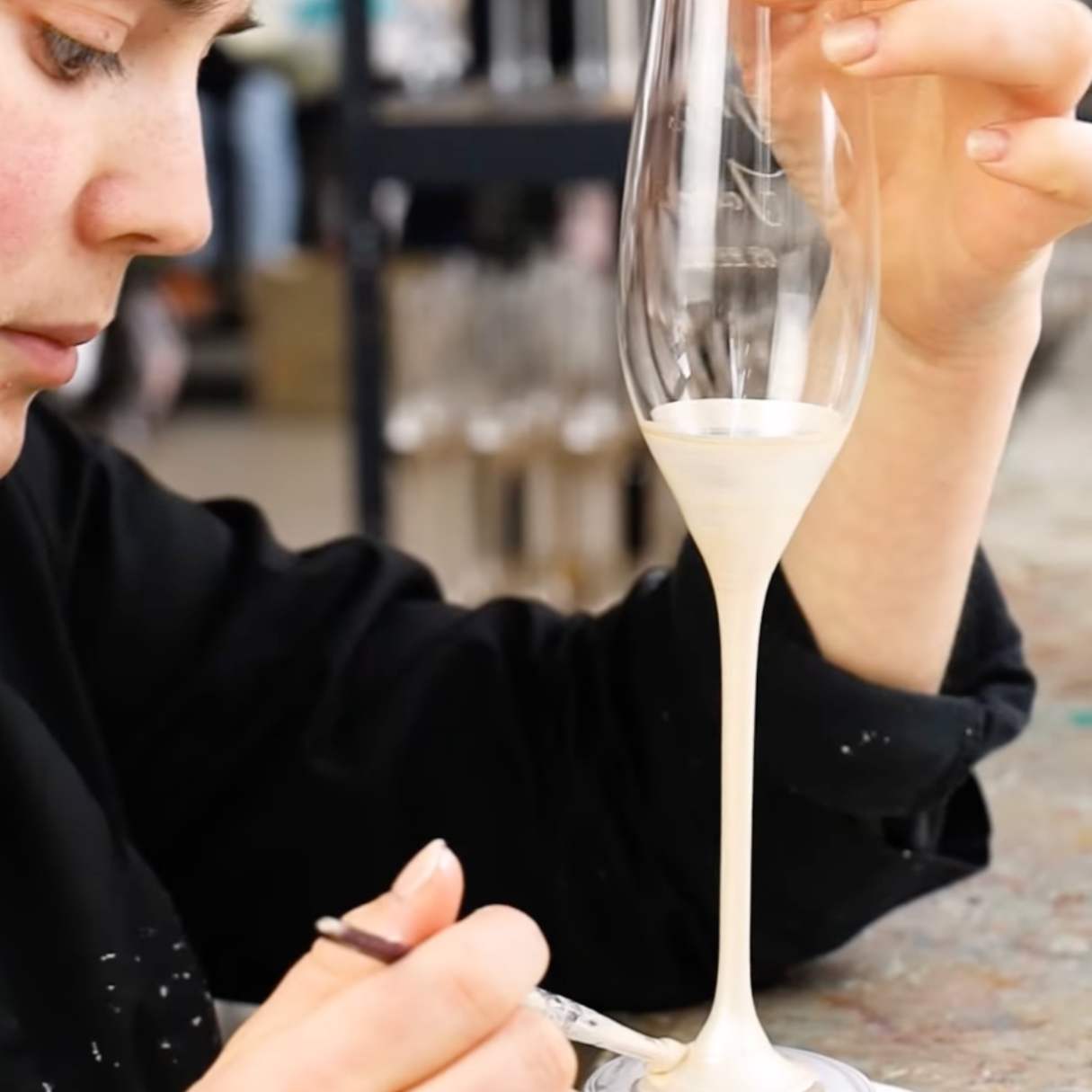
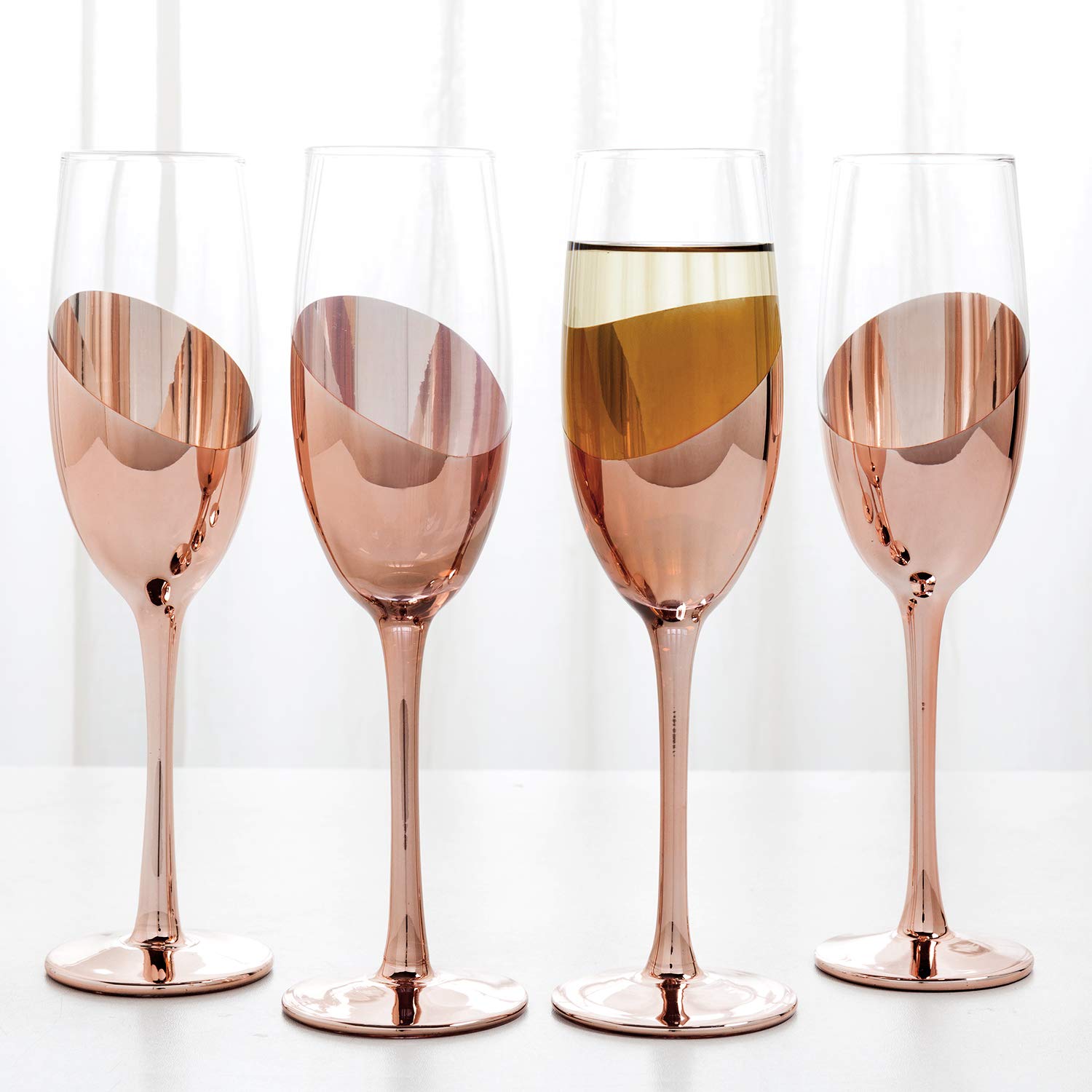
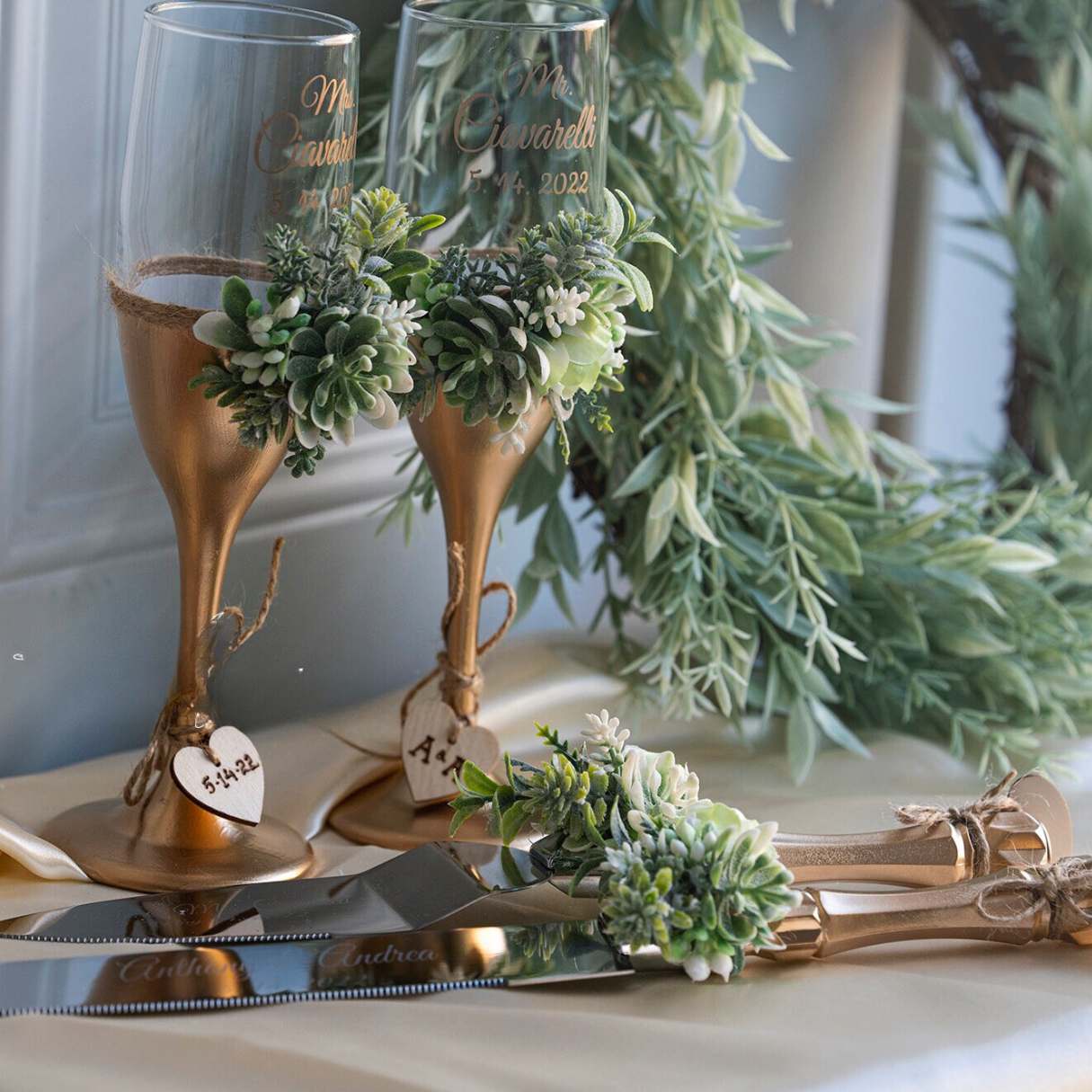
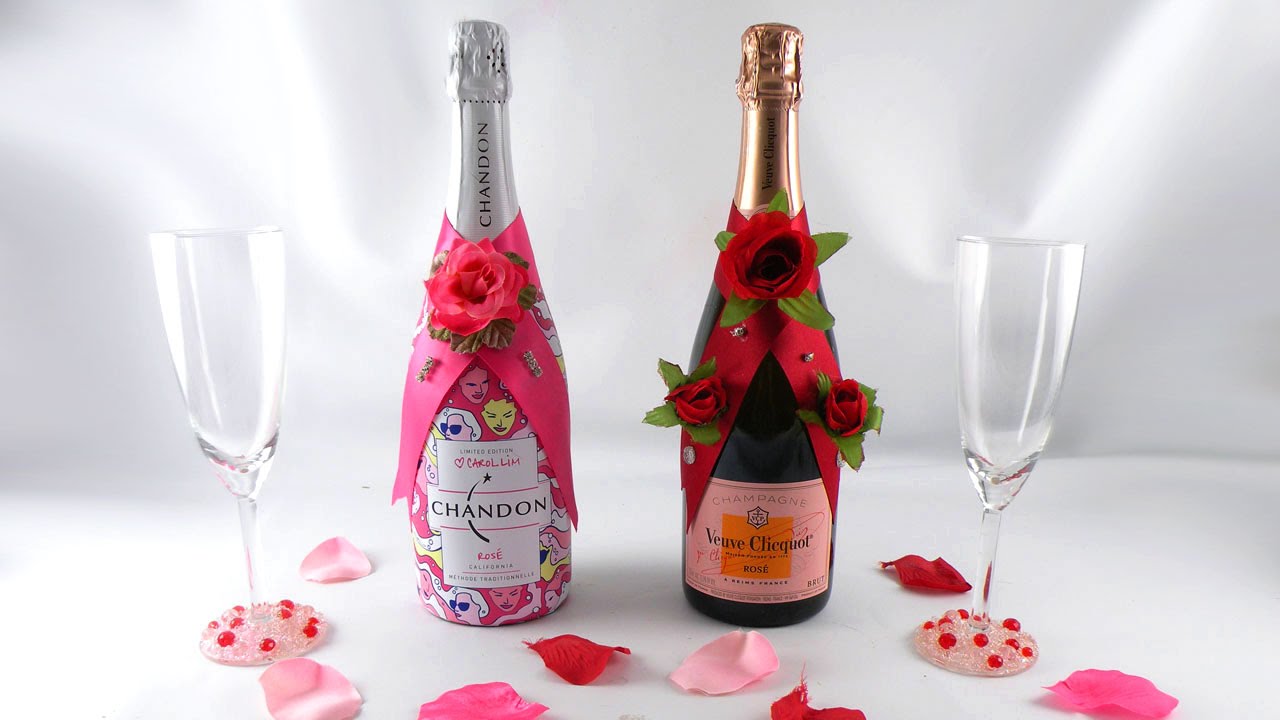

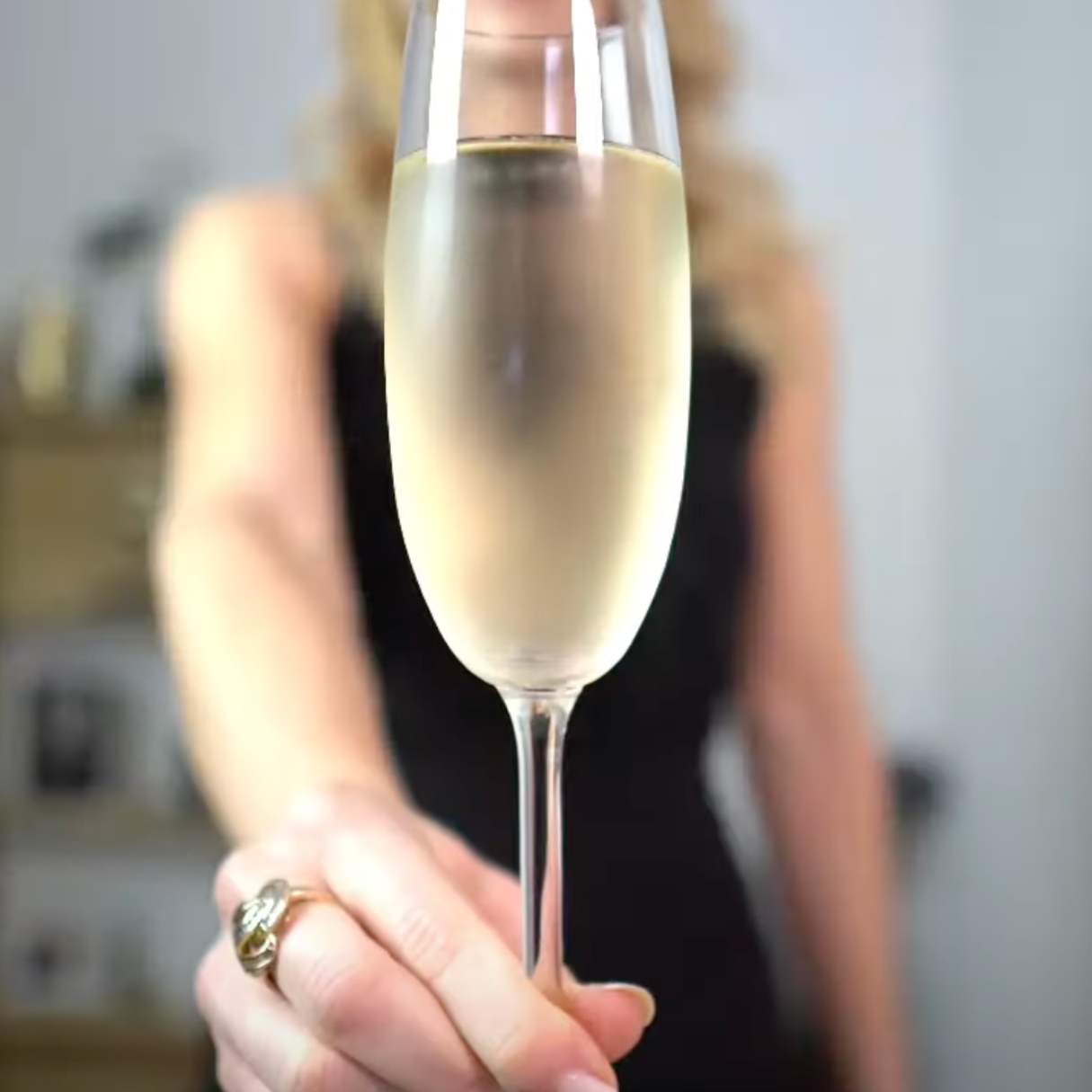
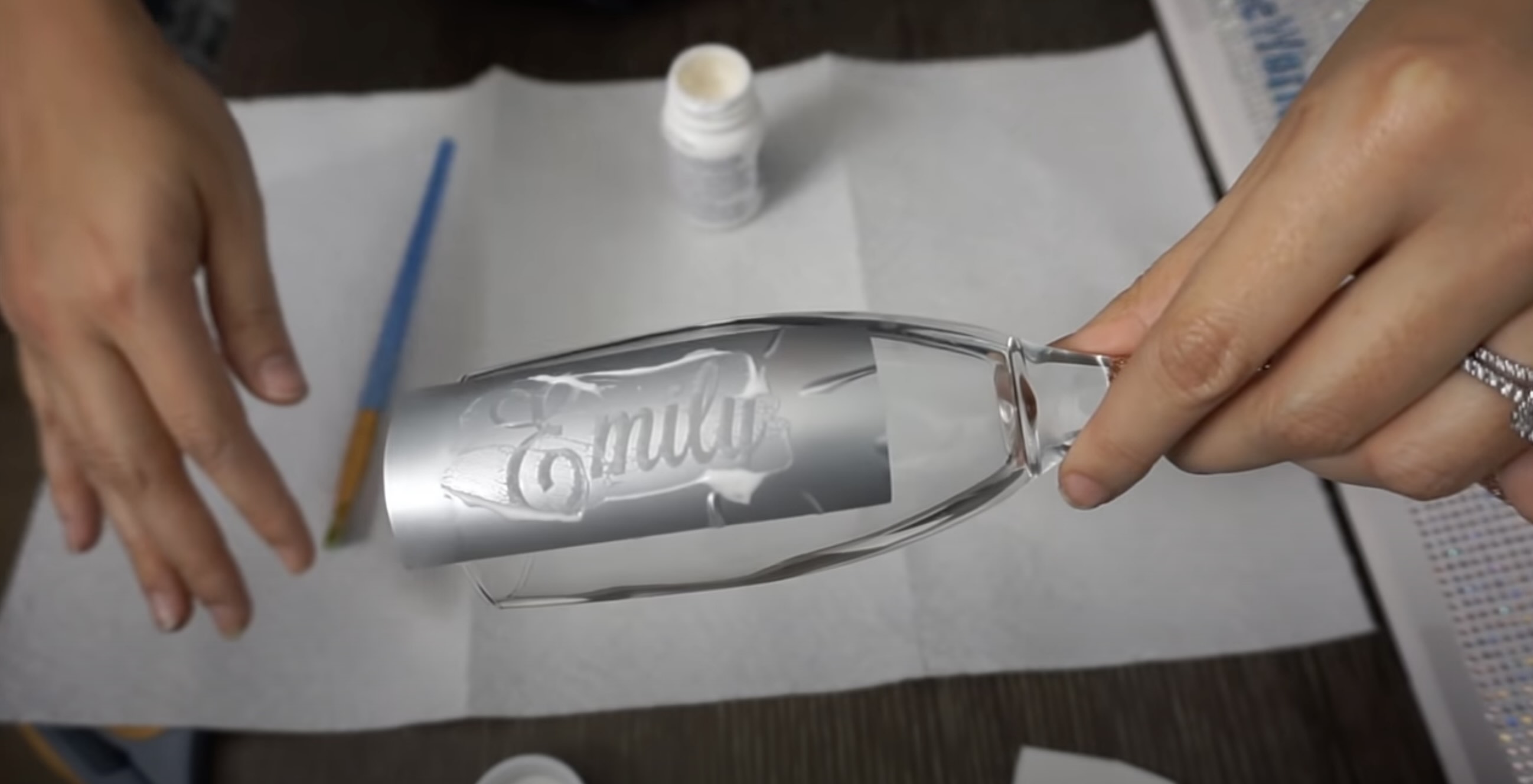
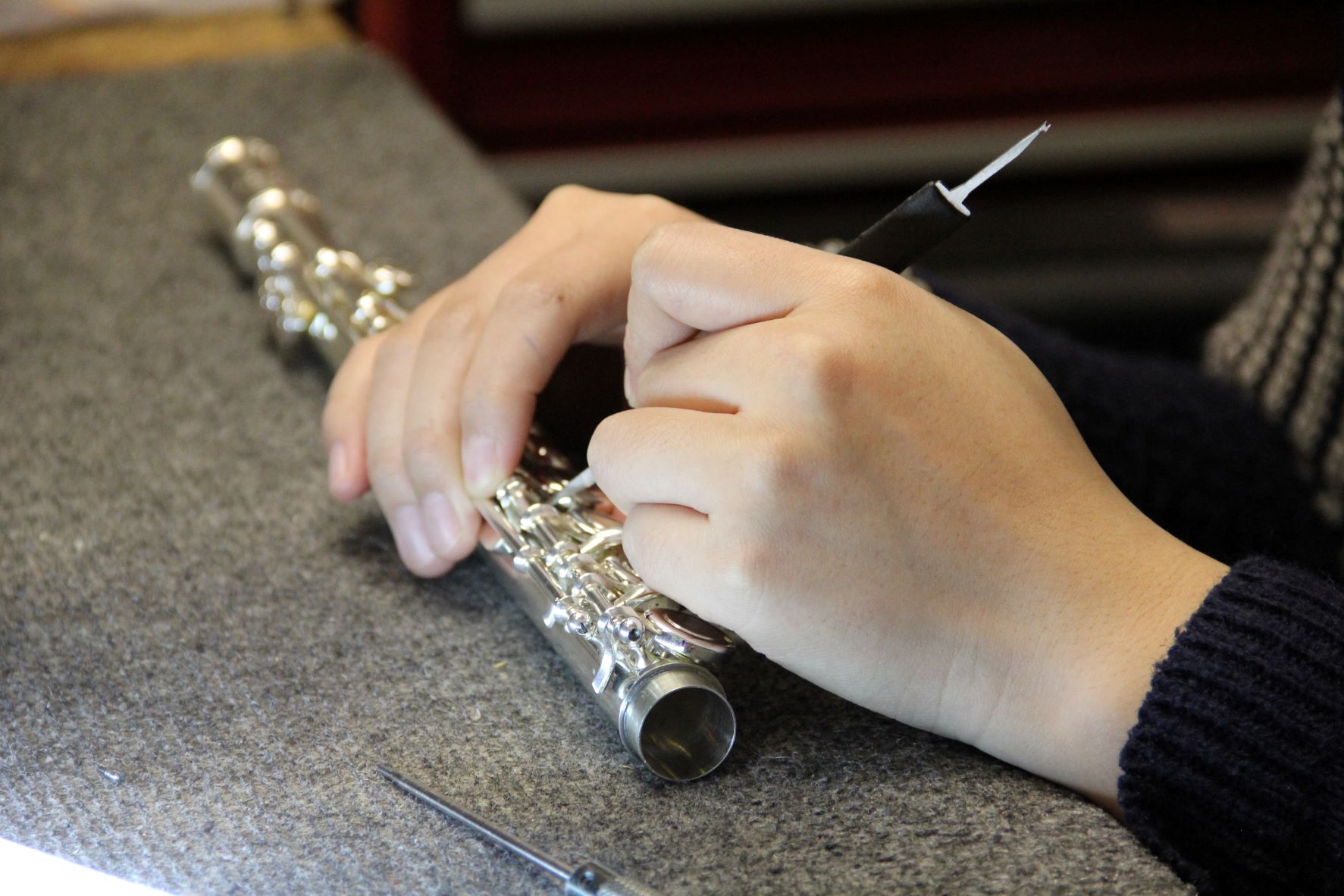
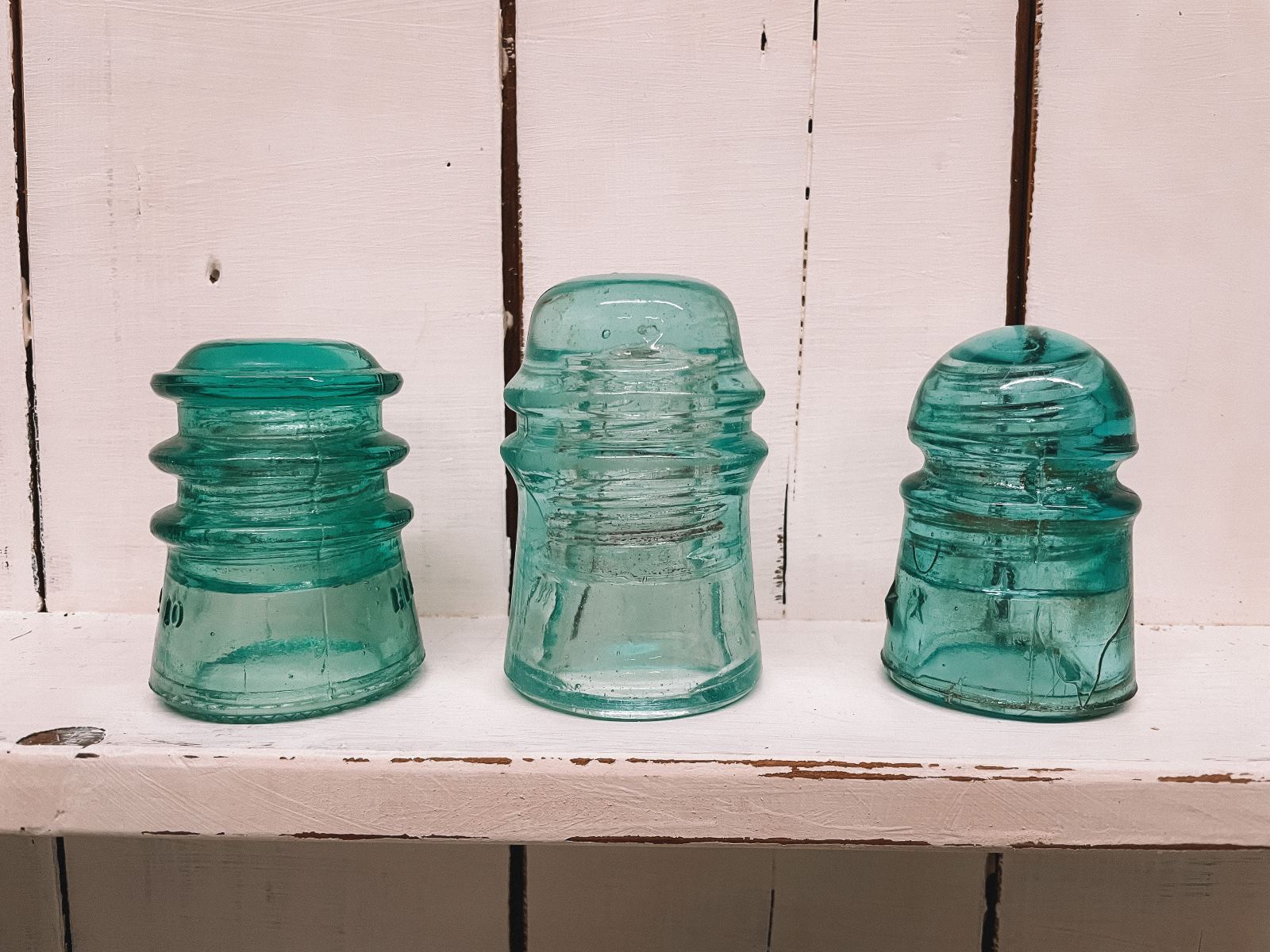

0 thoughts on “What Is Fluted Glass”